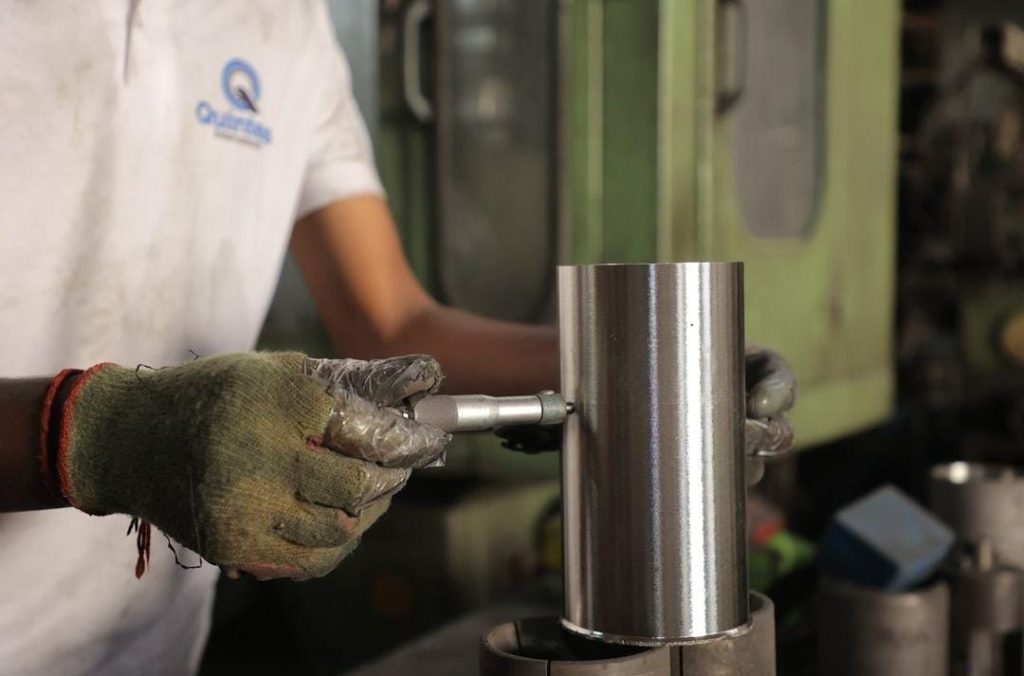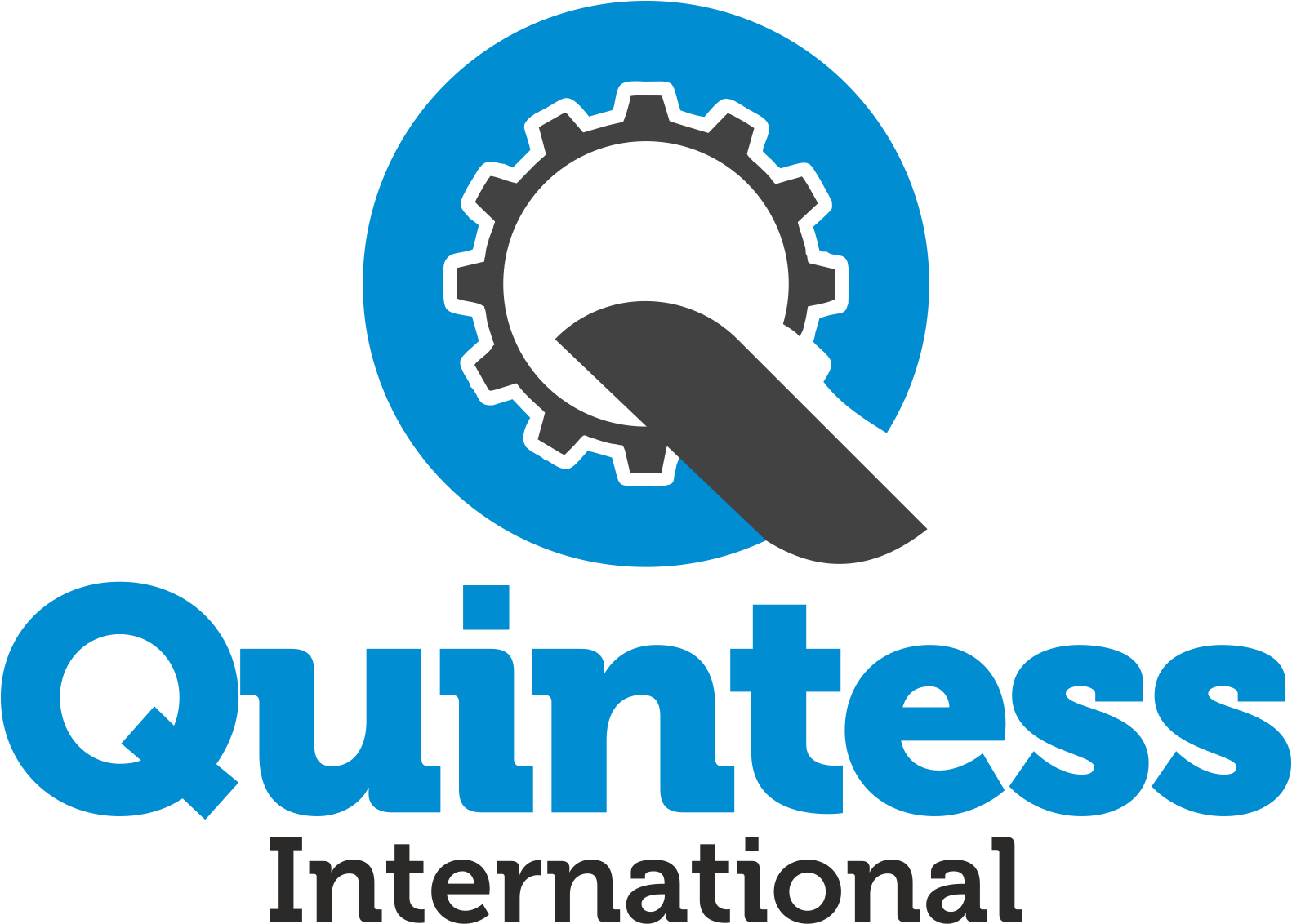
n the world of internal combustion engines, cylinder liners stand as one of the most crucial components; indeed, they are responsible for facilitating smooth piston movement and minimizing wear, heat, and friction within the engine. At Quintess International, we take pride in producing top-quality cylinder liners that meet the demanding standards of engine manufacturers worldwide. However, what goes into ensuring that every cylinder liner is crafted with precision, reliability, and durability?
The answer, ultimately, lies in rigorous quality control measures that guide our manufacturing process from start to finish. Therefore, in this blog, we’ll walk you through the steps and standards that underpin our commitment to quality.
1. Material Selection: The Foundation of Quality
The journey of a cylinder liner begins with material selection, where quality truly takes root. Firstly, at Quintess International, we use high-grade materials, often alloyed steel or cast iron, to meet stringent durability and heat-resistance requirements. In addition, material batches are inspected for composition, uniformity, and purity to ensure that only the best raw materials enter our production line. Consequently, by investing in premium materials, we set the stage for manufacturing liners that excel in wear resistance, thermal stability, and overall engine performance.
2. Precision Casting: Laying the Groundwork
Casting is a critical phase in the manufacturing of cylinder liners. In particular, at Quintess International, we utilize centrifugal casting—a process that ensures each liner is free of internal voids or imperfections, thus providing superior strength and uniformity. Specifically, during this phase, molten metal is poured into rotating molds, which allows centrifugal force to distribute the material evenly. Consequently, this high-precision approach produces liners with consistent density and microstructure, which are essential qualities for withstanding the pressures and temperatures within an engine.
Our quality control team meticulously inspects the casting process to ensure adherence to specifications. Indeed, any inconsistencies in temperature, rotation speed, or mold preparation can compromise the liner’s structural integrity; therefore, every variable is monitored closely.
3. Machining and Finishing: Achieving Precision Fit
After passing all testing, each cylinder liner undergoes a final inspection. **In this stage,** our quality control team checks for any minor imperfections or deviations that may have been missed earlier. **Moreover,** using advanced scanning technology and visual inspection, we ensure that only liners meeting our strict quality standards are approved for delivery. Ultimately, this final step reinforces our commitment to providing our customers with cylinder liners they can trust, made to withstand demanding engine environments and enhance overall engine performance.
Our quality control protocols include dimensional checks using micro meters and gauges to ensure that each liner meets strict tolerances. Furthermore, surface roughness is evaluated to ensure optimal conditions for piston movement and reduce wear. These precision steps ensure that every cylinder liner manufactured by Quintess International fits seamlessly into its engine.


4. Heat Treatment: Enhancing Durability and Performance
To further enhance durability, cylinder liners often undergo a heat treatment process. This controlled heating and cooling sequence improves the material’s hardness and wear resistance, making the liner more robust against the constant friction and heat exposure typical in an engine.
Our quality control team rigorously monitors the temperature and timing during heat treatment, as deviations can lead to undesired brittleness or insufficient hardness. By following strict protocols, we ensure that each liner has the optimal balance of strength and toughness.
5. Surface Coating and Treatment: Maximizing Longevity
Surface treatments and coatings play a significant role in prolonging the life of cylinder liners. **In this regard**, at Quintess International, we apply coatings such as nickel-silicon carbide to enhance resistance to wear and corrosion. **Moreover**, these coatings also help reduce friction between the liner and piston, leading to smoother performance and fuel efficiency.
**Furthermore**, quality control measures are in place to verify the thickness and uniformity of these coatings, ensuring they meet the specified standards. **Additionally**, our team conducts various adhesion tests to confirm that the coating is securely bonded to the liner, guaranteeing long-term durability
6. Final Inspection: Quality Assurance
After passing all testing, each cylinder liner undergoes a final inspection. **In this stage,** our quality control team checks for any minor imperfections or deviations that may have been missed earlier. Moreover, using advanced scanning technology and visual inspection, we ensure that only liners meeting our strict quality standards are approved for delivery. Ultimately, this final step reinforces our commitment to providing our customers with cylinder liners they can trust, made to withstand demanding engine environments and enhance overall engine performance.
7. Continuous Improvement: Staying at the Forefront of Quality
Quality control is not a static process; rather, it’s an ever-evolving practice. At Quintess International, we continuously assess our quality control protocols. Specifically, we use data from each production cycle to refine our processes. Moreover, by investing in new technologies, employee training, and feedback from clients, we stay at the forefront of quality in cylinder liner manufacturing.


